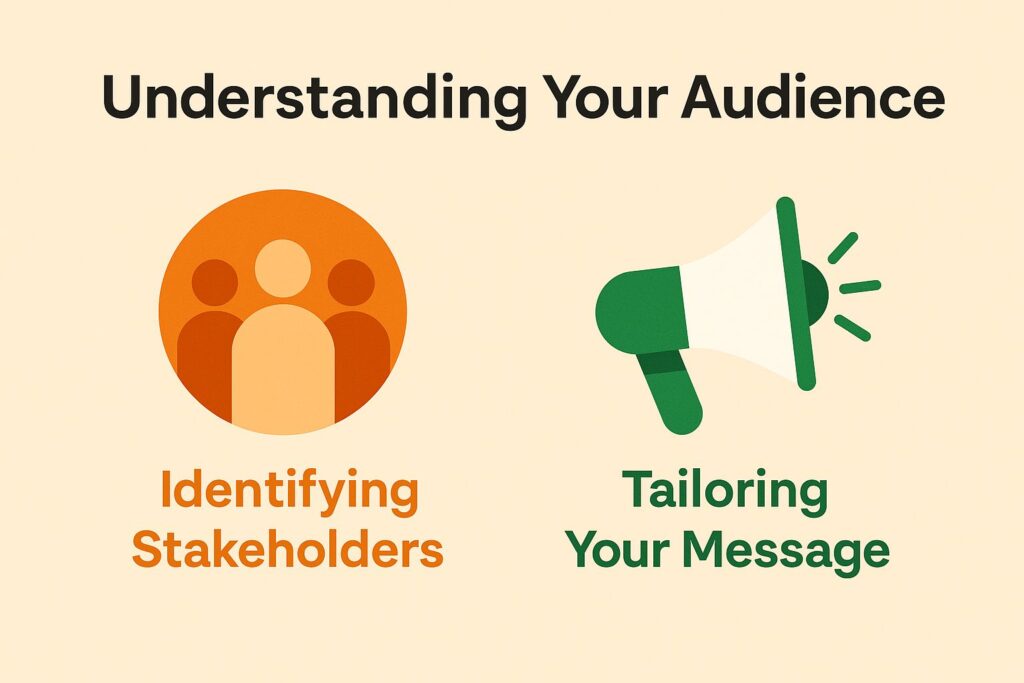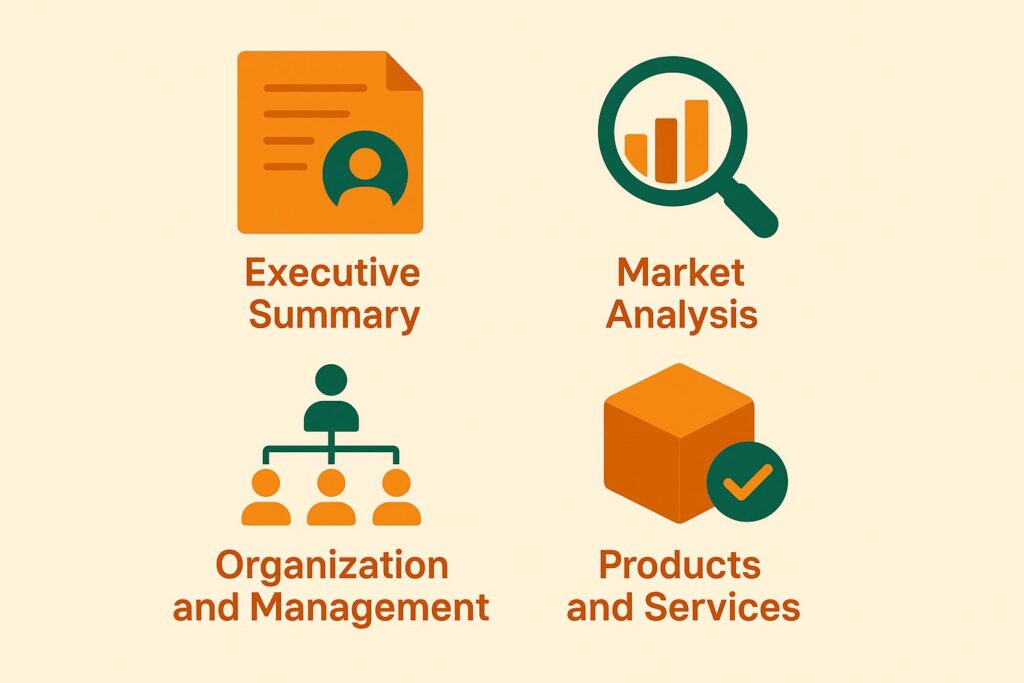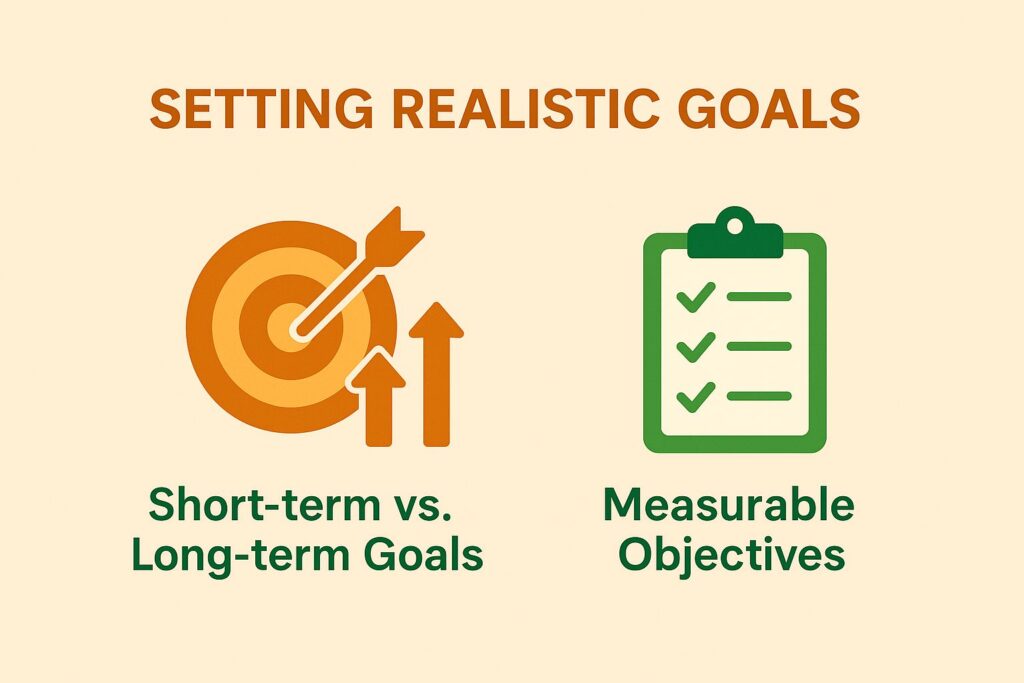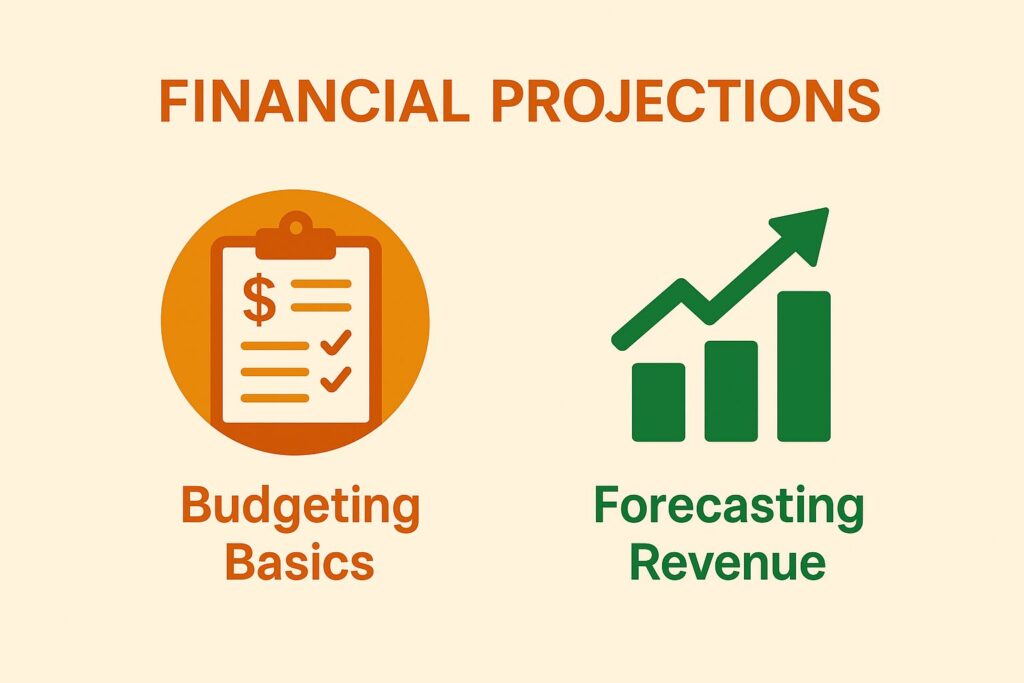
How to Write a Business Plan (Without Overthinking It)
Writing a business plan doesn’t have to feel like climbing a mountain. Writing a business plan can actually be simple and fun. A clear plan helps direct your vision statement and convinces stakeholders about your business strategy. We’ll look at common misunderstandings, important parts you must include, like the executive summary and market analysis, and how to set achievable goals. By the end, you’ll feel give the power toed to create a clear, effective business plan without the stress. Ready to dive in?
Importance of a Business Plan
Research and analysis show that businesses with a formal plan are 16% more likely to achieve growth and business objectives than those without one.
To create an effective business plan, start with an executive summary content that outlines your mission statement and vision statement.
- Next, perform a market research and analysis study using tools like IBISWorld to collect information about industry trends.
- Define your marketing plan and sales strategy using platforms such as HubSpot for digital marketing and outreach.
- Use software like QuickBooks to make financial plans that help with accurate budgeting, predicting income, and predicting upcoming industry trends.
This clear operational plan shows the way forward and draws in possible investors by presenting a reliable business model and plan for success. If you’re interested in exploring cost-effective avenues for starting a business, consider our insights on affordable business ideas that can help launch your venture with minimal initial investment.
Common Misconceptions
Many entrepreneurs mistakenly think that a business plan is only needed to get funding, which results in incomplete or overlooked strategies.
A business plan is a detailed guide for growing a company and making important decisions. For instance, it helps clarify your vision, set measurable goals, and identify key performance indicators (KPIs).
Think about using tools like LivePlan or Bizplan to simplify planning. These platforms provide templates and features for predicting finances. Updating your plan regularly is important because situations, business goals, and objectives alignment change.
Successful businesses frequently revise their plans to match current market viability, industry trends, and operational requirements, which helps them stay flexible and make informed decisions.
Understanding Your Audience
Finding out who your target audience and key participants are is important for creating a business plan that connects with people and encourages participation.

Identifying Stakeholders
Effective stakeholder engagement and identification can involve mapping out individuals or groups impacted by your business, from investors to customers.
To approach this methodically, use tools like Miro for creating visual maps.
Begin by identifying all possible stakeholders, such as major stakeholders, and sort them by their influence and level of interest with the Power/Interest Grid method.
For instance, high-power, high-interest stakeholders, such as major investors, should be prioritized for regular updates and engagement, while low-power, low-interest groups may require less frequent communication.
This structured method makes sure your stakeholder engagement is planned and successful, leading to better project outcomes.
Tailoring Your Message
Adjusting your business plan’s messaging for different stakeholders makes sure their concerns and interests are covered.
To effectively customize your messaging, start by identifying the primary stakeholders: investors, team members, and customers.
For investors, emphasize financial projections and growth potential, using charts for clarity.
When addressing team members, focus on operational efficiency, team collaboration, and project timelines, which can be visualized through Gantt charts or flow diagrams.
Tailor customer relationship management communications by showcasing product benefits and user testimonials.
Tools like Canva can help you make a professional presentation and attractive pitch deck that engage your audience, increasing interest and clarity.
Key Components of a Business Plan
A detailed business plan and startup plan usually include several key parts that together outline how your business will run, its organization, and your strategy for operations. Understanding these elements can significantly affect cost management and budgeting within a business. For instance, knowing how much payroll services cost is crucial for planning financial allocations effectively.

Executive Summary
The executive summary should encapsulate your entire business plan in one to two pages, highlighting key objectives and strategies.
Start with an interesting idea, such as a value proposition that grabs attention, like a special benefit. For example, if your business focuses on eco-friendly home products, state the growing market for sustainable living.
Next, summarize market opportunities and competitive analysis by briefly outlining trends or statistics supporting your case. Consider referencing how companies like Airbnb initially identified the demand for affordable accommodations.
Outline financial projections, such as expected revenue streams, profit margins, and funding needs. This brief method will make a strong summary that connects with possible investors.
Market Analysis
Doing a detailed market study and feasibility study is essential for finding possible customer segmentation groups and knowing the competition.
- Start by defining your target market using detailed demographic and psychographic data. Tools like Google Analytics can help you gather information about user behavior and preferences.
- Next, use SEMrush or Ahrefs to perform a SWOT analysis and examine competitors, identifying the source of their visitors and the keywords they rank for. Write about new industry changes and business environment using reports from sources like IBISWorld or Statista, which can give information about changes in the market.
- Put this information together into a detailed report to help with your marketing plans and product development.
Organization and Management
Detailing your organizational structure and management team instills confidence in potential investors regarding operational capability.
To show your organizational chart clearly, use software such as Lucidchart or Microsoft Visio. These tools allow for easy customization and clear visual representation of roles and hierarchy.
Make sure to highlight each team member’s relevant experience, qualifications, and team roles, linking their backgrounds to specific business goals. For example, if your CEO has extensive experience in scaling startups, emphasize this capability to reassure investors.
A clear visual along with relevant bios can greatly improve your pitch.
Products and Services
A clear description of your products and services and pricing strategy explains what you offer and what makes them special, helping them stand out in the market.
To develop this section effectively, start by clearly defining each product or service and your business concept. Use bullet points for key features and benefits.
- If offering a software tool, outline capabilities like:
- ‘real-time analytics’
- ‘user-friendly interface’
- ’24/7 customer support’
Use Canva to make interesting images or ProductPlan to show product plans and outline in a clear way. This combination explains your value clearly and strengthens your brand’s place in the market, helping to attract and keep customers.
Setting Realistic Goals
Setting clear goals and managing your time well are key to making your business plan work. Make sure your strategies are realistic and align with your vision.

Short-term vs Long-term Goals
Balancing short-term and long-term goals is essential for sustainable business growth; short-term provides immediate direction while long-term shapes your vision and business environment.
Short-term goals could involve setting sales targets every three months, such as increasing sales by 15% through targeted promotions, gaining new customers, or improving how we interact with customers.
On the other hand, long-term goals might focus on a 5-year strategic planning to capture a 25% market share in your industry.
To keep track of progress well, use tools like Asana for managing tasks. This helps you set deadlines and assign tasks to others.
Establishing Key Performance Indicators (KPIs) and key metrics for both timeframes will help keep your team accountable and on track for achieving these milestones.
Measurable Objectives
Using the SMART method (Specific, Measurable, Achievable, Relevant, Time-bound) keeps your team accountable and focused on their work.
To set clear and effective goals and align business aims, start by defining specific targets like “Boost website visitors by 20% through focused content marketing.”
Next, use tools like Google Analytics to measure this progress, ensuring your targets are achievable within a quarter.
Make sure your objectives match your key business goals, such as boosting overall sales. Set a deadline, which might be “by the end of Q2.”
Regularly track these objectives and timeline management in Trello for clear visibility among team members.
Financial Projections
Correct financial forecasts are important to show investors how your business can be profitable and remain strong.

Budgeting Basics
Creating a well-structured budget and cash flow allows you to effectively manage resources and track financial performance against goals.
Start by assessing your fixed costs, such as rent and salaries, to establish a baseline. Next, identify variable operational costs like utilities and supplies, which can fluctuate.
Use budgeting tools like QuickBooks or Mint to monitor these expenses and resources as they happen. Adjust your budget often based on your results; for example, a local cafe might modify its ingredient expenses depending on the season to better understand its profits.
This method helps keep finances steady and aids in making informed decisions and managing risks all year round.
Forecasting Revenue
To predict revenue accurately, examine past financial records and current market trends to estimate future income. This is important for making effective plans.
- Begin by analyzing your past sales data over the last 12-24 months, identifying patterns in seasonal fluctuations and sales spikes. Use a SWOT analysis to examine strengths, weaknesses, opportunities, and threats.
- Next, carry out market research, like surveys or industry reports, to find out possible shifts in consumer habits or demand. This step also involves risk assessment to identify potential challenges.
- Put this information into Google Sheets, where you can create models that let you easily change variables, aiding in strategic goal setting.
- Use charts to visualize trends, helping you make informed decisions.
- Update and improve your predictions frequently when you get new information. This will help keep your plan correct and flexible, incorporating legal considerations as necessary.
Finalizing Your Business Plan
Completing your business plan means carefully revising and getting feedback to make sure it is clear and professional before you present it. Create an action plan to address specific tasks and milestones.

Editing and Feedback
Getting feedback from different people during the editing process can greatly improve your business plan’s clarity and success. Use brainstorming sessions to generate diverse ideas and solutions.
To receive helpful feedback, start by setting up a schedule for reviews with specific deadlines. Think about how you will leave or change your situation right from the start.
Use Google Docs to facilitate collaborative comments, allowing stakeholders to leave remarks directly within the document. Use networking chances to improve your plan.
Implement changes based on this constructive criticism, focusing on common themes and suggestions. For instance, if multiple reviewers point out that the market analysis part is weak, be sure to make it better.
Successful revisions often come from repeated discussions, so think about having another meeting to talk about the updated plan with your stakeholders. Make sure your business ethics show in the entire document.
Presenting Your Plan
Presenting your business plan effectively can significantly affect investor interest. Using storytelling methods can make your presentation more engaging and persuasive, demonstrating clear communication skills.
Begin by structuring your narrative around the problem your business solves, weaving in real-life examples to create relatability. Employ a writing style that emphasizes coherence and simplicity.
Use visuals like PowerPoint or Prezi to illustrate key points vividly. Show how flexible and inventive your business model is.
Highlight important metrics-such as projected growth or customer testimonials-clearly so that investors grasp the potential quickly. Use business tools to support your data and findings.
Practice your pitch many times to speak smoothly and with confidence. Review your performance to improve your delivery.
As a handy checklist, aim to include:
- Idea validation
- Clear objectives
- Funding strategies
- Compelling visuals
- Entrepreneurial mindset
- Engaging storytelling
- Decision-making process
- A strong closing call-to-action
Helpful Links for New Startups
If you are starting a new business you’ll be well served to have a payroll service set up to handle your taxes, direct deposits and more. For less than $5 per employee, this is not a distraction new businesses should be dealing with. Click here to learn more.
About the Author
Ethan Cole is a business growth advisor and serial entrepreneur with over two decades of hands-on experience helping startups and small businesses thrive. With a background in finance and operations, he’s led multiple companies from early-stage concepts to multi-million-dollar exits. Ethan specializes in scaling strategies, cost reduction, and building systems that support sustainable growth. As a content contributor for Kwote Advisor, he shares practical insights to help business owners make smarter decisions when launching, managing, and expanding their ventures.



